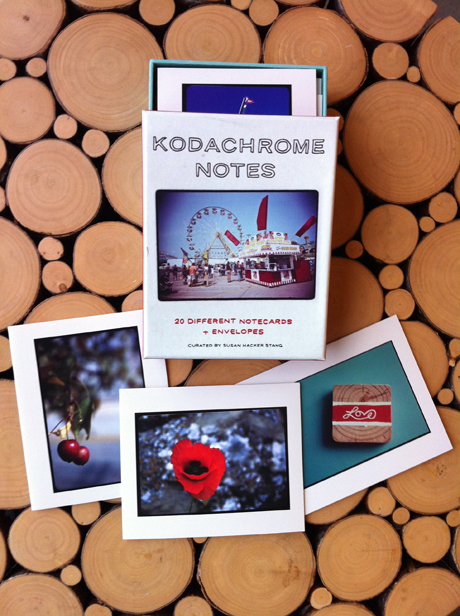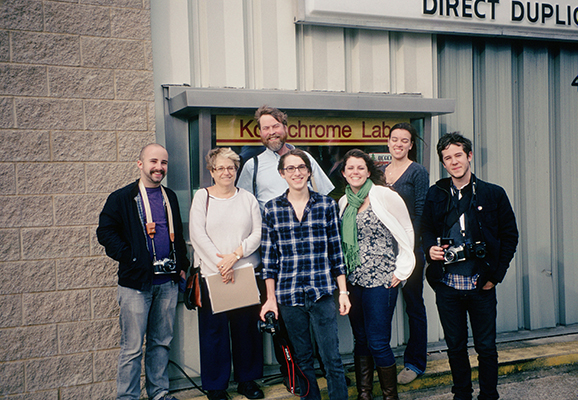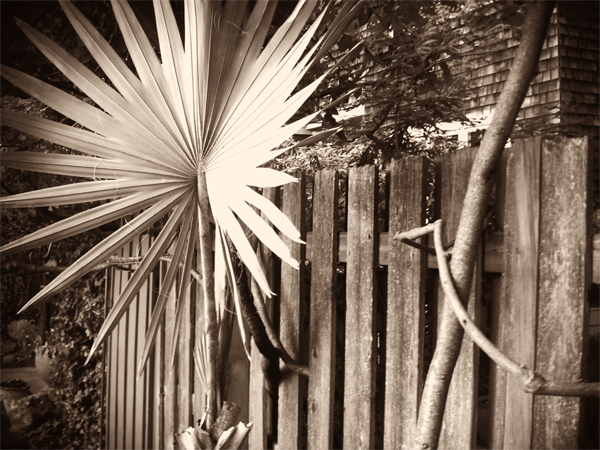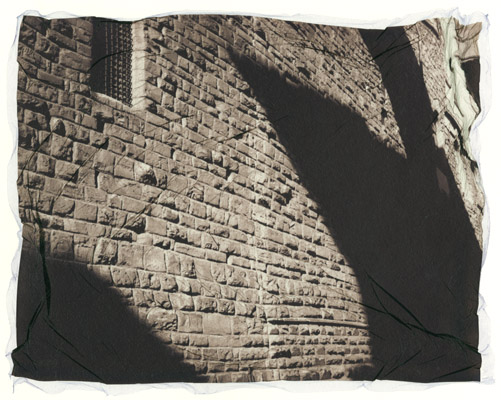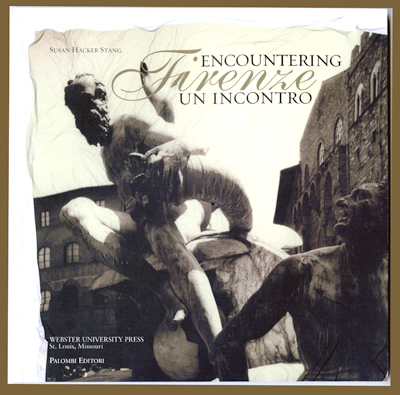JOCO VX5 serendipity in Paris
 Friday, January 25, 2013 at 10:33AM
Friday, January 25, 2013 at 10:33AM Last June when I was in Pisa, I took a photograph that had a certain magic for me. It was of a woman in front of the Leaning Tower, doing what all tourists do there, which is posing for a photograph with a friend, appearing to be holding the tower up. But from a slightly different perspective, it looked like a magical dance in front of the tower.
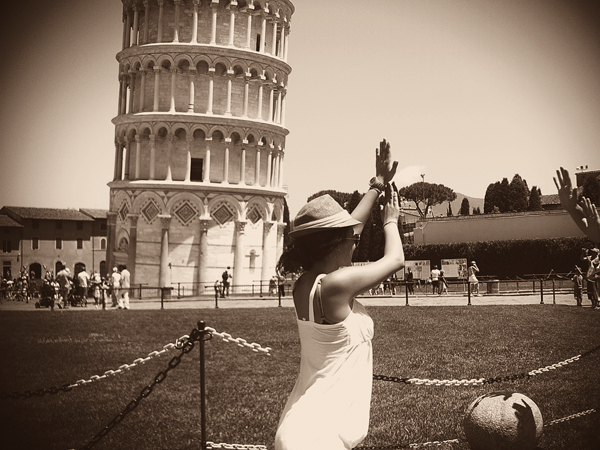
A few weeks ago I was in Paris, staying very near the Champs de Mars, where the Eiffel Tower is located. It was the day after Christmas, grey and damp. I headed over, hoping to come across something equally surreal, magical, in front of the Eiffel Tower. There were very few people in the park, it was grey, not much was happening. And then I spotted this couple, posing for their wedding photographs. I headed over and in time, a friend of hers started holding the bride's veil up at the direction of the photographer. Holding it up, letting it go. Holding it up, letting it go.
A companion piece after all...
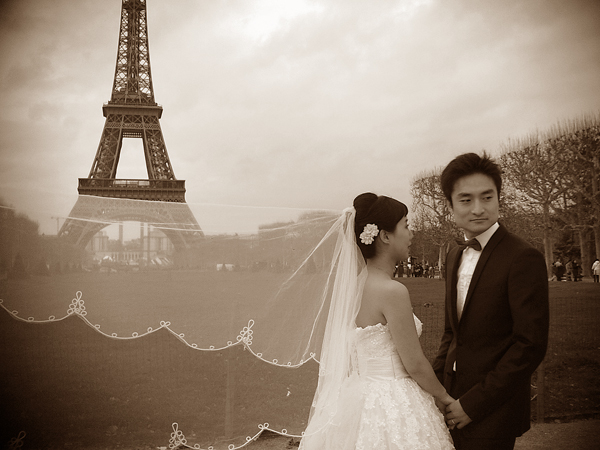
 Susan Stang | Comments Off |
Susan Stang | Comments Off | 